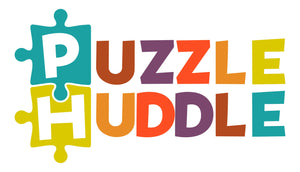History of Multicultural Toys: Embracing Diversity in Play
The history of multicultural toys reflects the growing recognition of diversity and the importance of representation in children's play. For many years, toys lacked cultural variety, often failing to reflect the identities and experiences of children from diverse backgrounds. This began to change in the latter half of the 20th century as societal movements and a broader awareness of inclusivity prompted the toy industry to rethink its offerings.
Toy manufacturers began introducing products that featured a wider range of skin tones, hair textures, and cultural backgrounds. Companies started to produce dolls with unique stories that celebrated different cultures and historical periods, allowing children to see themselves and their heritage reflected in their toys. Playsets also began to include diverse characters, representing a broader spectrum of society in everyday scenarios.
In recent years, the market for multicultural toys has expanded significantly, with newer brands focusing on inclusivity and representation. One standout in this space is Puzzle Huddle, a company that creates puzzles featuring diverse and positive images of Black children. Inspired by the founder's desire to provide his own children with toys that reflected their experiences, Puzzle Huddle's products highlight themes such as STEM careers, family life, and cultural pride. The company has become a beloved brand among families seeking educational toys that not only entertain but also affirm and celebrate their children's identities.
Multicultural toys play a crucial role in helping children develop a strong sense of identity and empathy, ensuring that every child can see themselves and others reflected in their play. As society continues to value diversity, these toys remain essential in promoting a more inclusive and understanding world, shaping future generations to embrace and celebrate differences.
